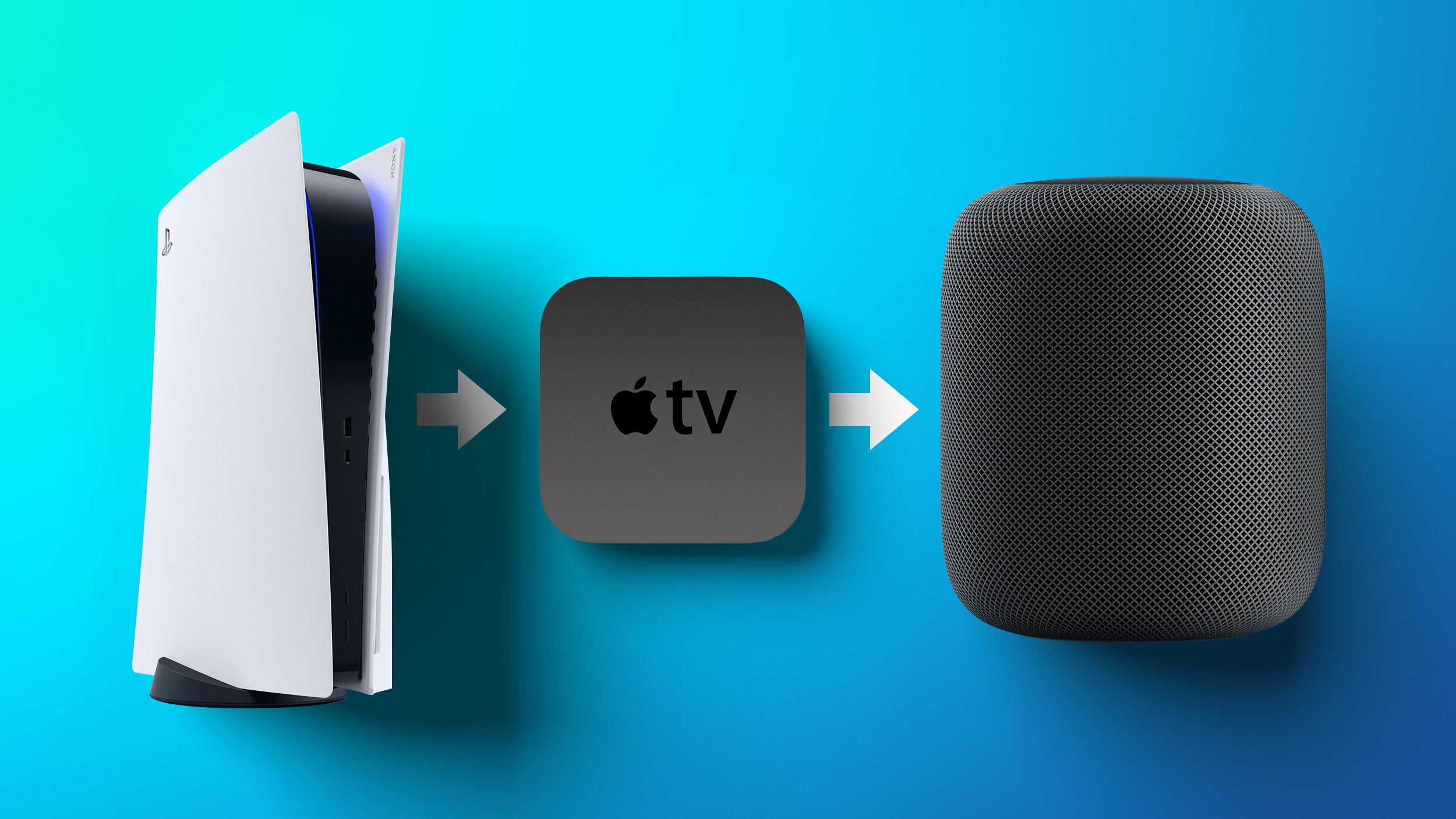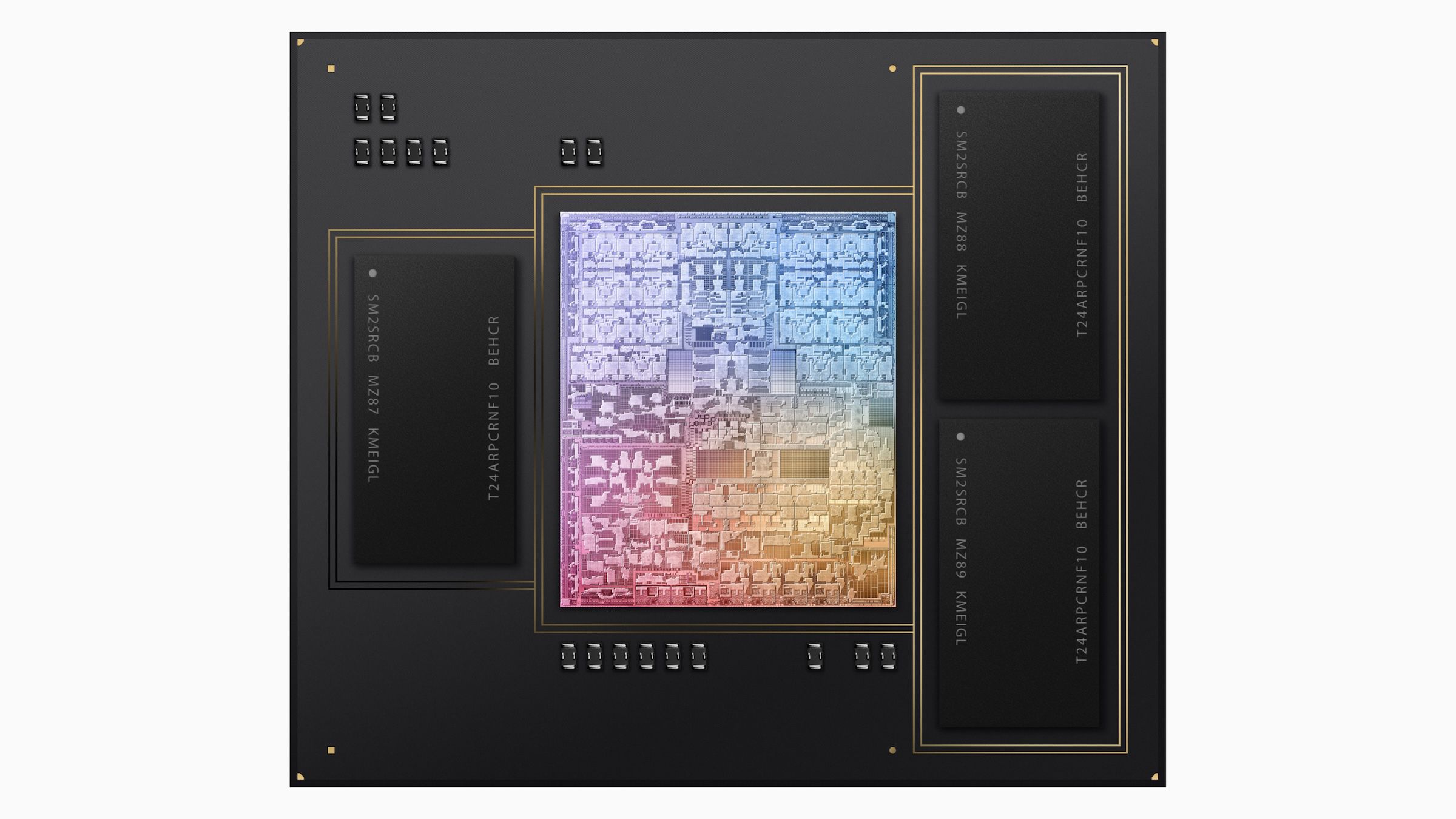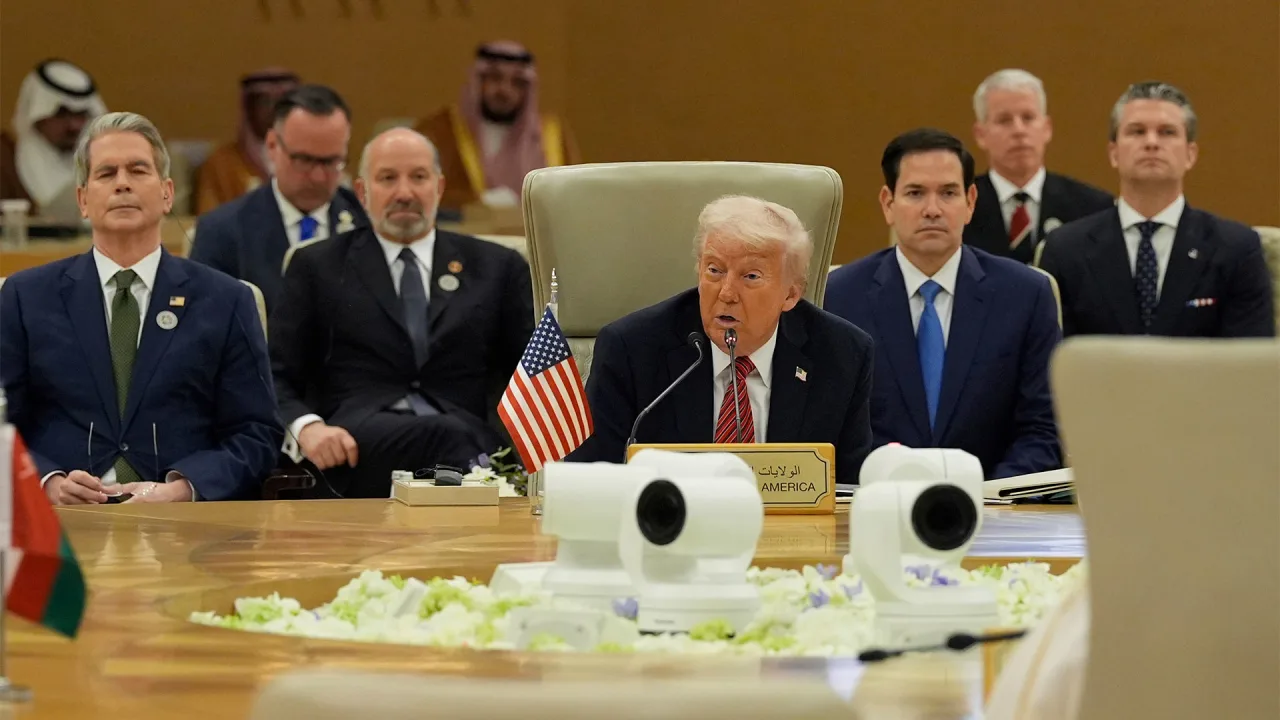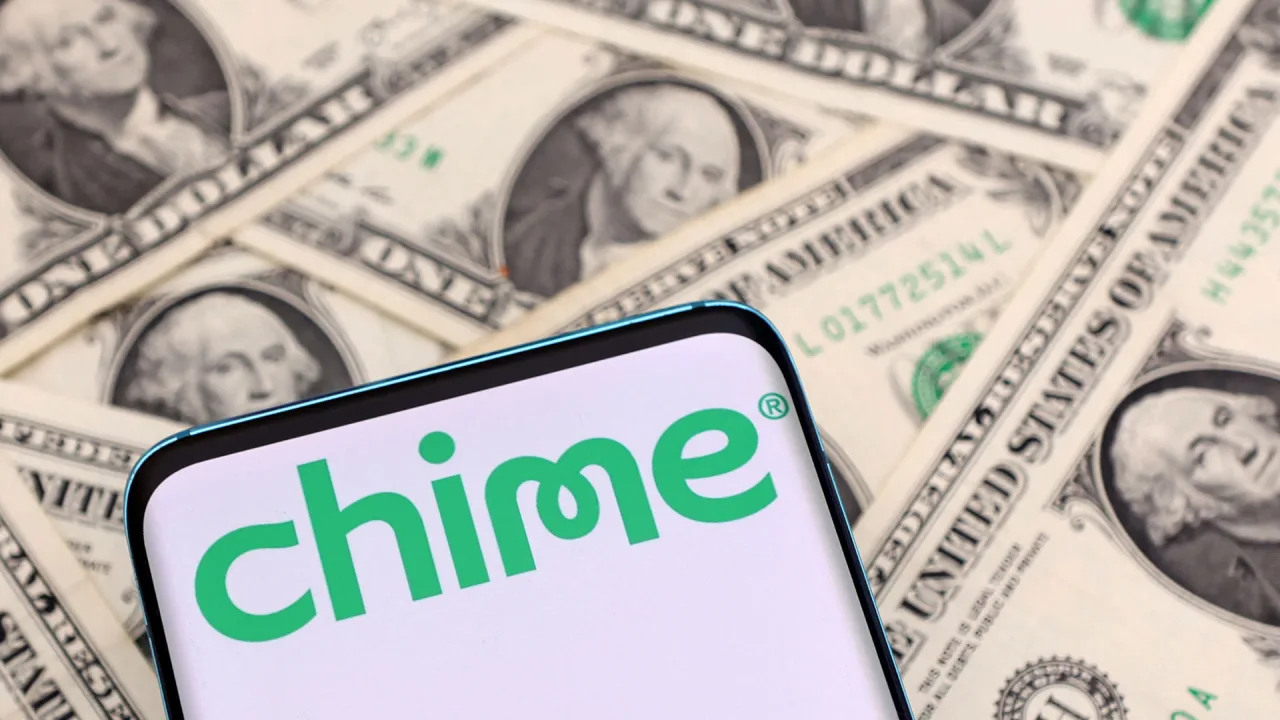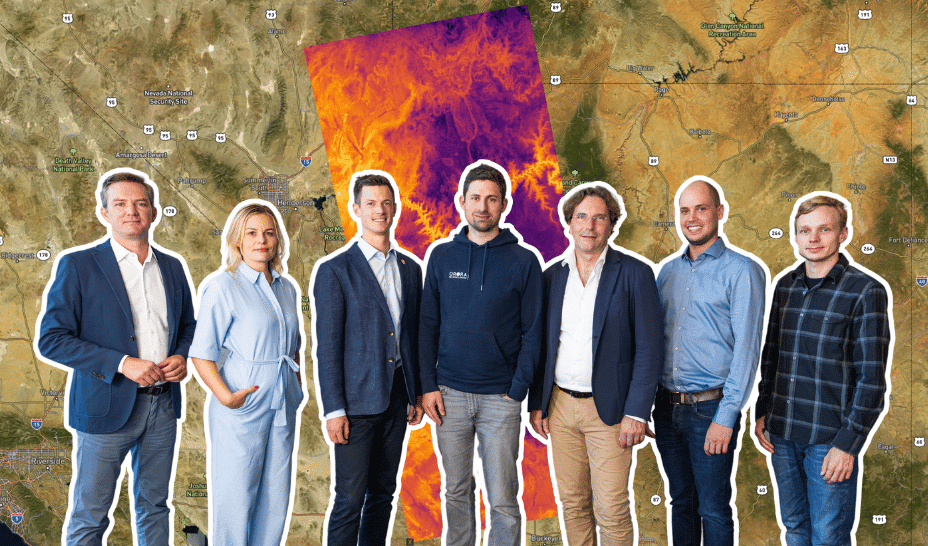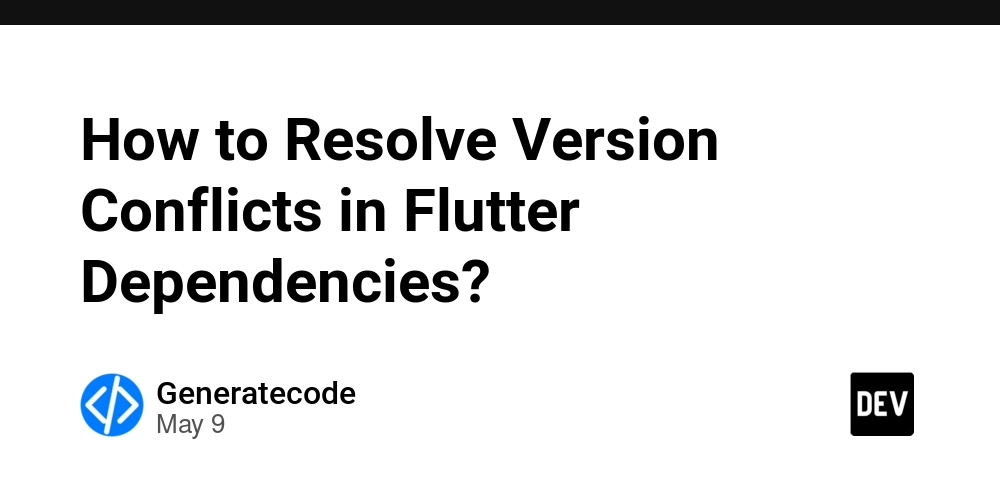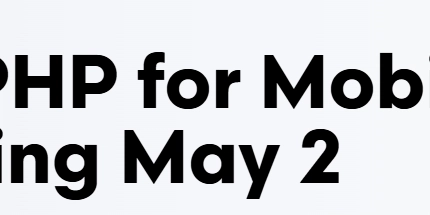Unveiling CeCILL Free Software License Agreement 2.1: A Comprehensive Exploration
Abstract: This post offers an in-depth exploration of the CeCILL Free Software License Agreement 2.1. We discuss its background, core legal concepts, application use cases, challenges, and future prospects. By comparing it with other prominent licenses like the MIT License, GNU GPL v3, and Apache 2.0, we provide a balanced review. Integrating insights from recent industry posts and additional semantic resources, this guide is optimized for both developers and search engines. For further details, visit the Original Article. Introduction The CeCILL Free Software License Agreement 2.1 is a key legal instrument crafted in France to safeguard software freedom while ensuring legal clarity within a European framework. As open source and fair code licenses reshape the software industry, understanding the nuances of CeCILL becomes essential for developers, legal experts, and organizations. In this post, we will explore its history, features, applications, challenges, and future outlook. By comparing it with popular licenses such as the MIT License, GNU GPL v3, and Apache License 2.0, we highlight its unique position in the evolving world of software licensing. Background and Context History and Definitions Developed by prominent French research institutions such as CEA, INRIA, and CNRS, the CeCILL license was designed to merge the ideals of open dissemination with regional legal stability. Rooted in French and European legal traditions, it emphasizes the preservation of software freedom while preventing unfair commercial exploitation. This historical context sets CeCILL apart from many other licenses developed under different legal frameworks. Key Definitions: Open Source License: A legal framework that allows users to view, modify, and distribute software. Copyleft: A licensing strategy that mandates derivative works to also be distributed under the same or compatible license conditions. Fair Code Licensing: An approach that ensures developers receive due recognition and compensation when commercial entities leverage community contributions. For a more detailed legal overview, you can explore the GNU GPL v3 summary and the MIT License summary. Ecosystem Context The global open source ecosystem is diverse, with a range of licenses that span from permissive to strict copyleft models. CeCILL fits into a niche that values reciprocal openness—a model where every derived work must adhere to the same terms. Its focus on fairness for developers, as well as its adherence to European law, makes it attractive for public institutions, academic research projects, and companies in regulated industries like cybersecurity and medical informatics. Core Concepts and Features CeCILL 2.1 embodies several core legal and ethical concepts. Below is a bullet list summarizing its essential features: Legal Clarity: Carefully crafted language aligns with French and European norms. Reciprocity: Any derived work must remain open, preventing proprietary forks. Developer Rights: Emphasizes fairness and recognition for original contributions. Risk Mitigation: Designed to prevent exploitative commercialization without proper acknowledgment. Adaptability: Although primarily tailored for the French legal landscape, it supports international collaboration through well-defined legal mechanisms. Comparison with Other Leading Licenses A comparative analysis helps to clarify CeCILL’s position relative to other well-known open source licenses. The following table provides a concise comparison: Feature CeCILL 2.1 MIT License GNU GPL v3 Apache License 2.0 Legal Clarity High – Designed to match French and European law High – Concise; minimal legalese High – Detailed; strong legal backing High – Explicit patent grants and clear guidelines Reciprocity Strong – Enforces open derivatives Minimal – Permissive, no reciprocal requirement Strong – Derivatives must share the same terms Minimal – Allows proprietary modifications Developer Protection Robust – Prevents uncompensated commercial exploitation Limited – No guarantee of contribution reciprocity Robust – Prevents exploitation but with strict restrictions Moderate – Offers attribution only with some legal safeguards Flexibility Moderate – Less adaptable for dual licensing Very high – Minimal restrictions Moderate – Strong copyleft can restrict dual licensing High – Designed for commercial integrations Suitability for Commercial Use Moderate – May complicate proprietary extensions due to viral clauses High – Widely adopted in commercial projects Moderate – Requires open release of derivative works High – Favoured in enterprise-level projects Applications and Use Cases Practical Examples of CeCILL Implementation Academic Research Projects: Several universities and research institutions in France have adopted CeCILL to ensure that software developed under publicly funded pr

Abstract:
This post offers an in-depth exploration of the CeCILL Free Software License Agreement 2.1. We discuss its background, core legal concepts, application use cases, challenges, and future prospects. By comparing it with other prominent licenses like the MIT License, GNU GPL v3, and Apache 2.0, we provide a balanced review. Integrating insights from recent industry posts and additional semantic resources, this guide is optimized for both developers and search engines. For further details, visit the Original Article.
Introduction
The CeCILL Free Software License Agreement 2.1 is a key legal instrument crafted in France to safeguard software freedom while ensuring legal clarity within a European framework. As open source and fair code licenses reshape the software industry, understanding the nuances of CeCILL becomes essential for developers, legal experts, and organizations. In this post, we will explore its history, features, applications, challenges, and future outlook. By comparing it with popular licenses such as the MIT License, GNU GPL v3, and Apache License 2.0, we highlight its unique position in the evolving world of software licensing.
Background and Context
History and Definitions
Developed by prominent French research institutions such as CEA, INRIA, and CNRS, the CeCILL license was designed to merge the ideals of open dissemination with regional legal stability. Rooted in French and European legal traditions, it emphasizes the preservation of software freedom while preventing unfair commercial exploitation. This historical context sets CeCILL apart from many other licenses developed under different legal frameworks.
Key Definitions:
- Open Source License: A legal framework that allows users to view, modify, and distribute software.
- Copyleft: A licensing strategy that mandates derivative works to also be distributed under the same or compatible license conditions.
- Fair Code Licensing: An approach that ensures developers receive due recognition and compensation when commercial entities leverage community contributions.
For a more detailed legal overview, you can explore the GNU GPL v3 summary and the MIT License summary.
Ecosystem Context
The global open source ecosystem is diverse, with a range of licenses that span from permissive to strict copyleft models. CeCILL fits into a niche that values reciprocal openness—a model where every derived work must adhere to the same terms. Its focus on fairness for developers, as well as its adherence to European law, makes it attractive for public institutions, academic research projects, and companies in regulated industries like cybersecurity and medical informatics.
Core Concepts and Features
CeCILL 2.1 embodies several core legal and ethical concepts. Below is a bullet list summarizing its essential features:
- Legal Clarity: Carefully crafted language aligns with French and European norms.
- Reciprocity: Any derived work must remain open, preventing proprietary forks.
- Developer Rights: Emphasizes fairness and recognition for original contributions.
- Risk Mitigation: Designed to prevent exploitative commercialization without proper acknowledgment.
- Adaptability: Although primarily tailored for the French legal landscape, it supports international collaboration through well-defined legal mechanisms.
Comparison with Other Leading Licenses
A comparative analysis helps to clarify CeCILL’s position relative to other well-known open source licenses. The following table provides a concise comparison:
| Feature | CeCILL 2.1 | MIT License | GNU GPL v3 | Apache License 2.0 |
|---|---|---|---|---|
| Legal Clarity | High – Designed to match French and European law | High – Concise; minimal legalese | High – Detailed; strong legal backing | High – Explicit patent grants and clear guidelines |
| Reciprocity | Strong – Enforces open derivatives | Minimal – Permissive, no reciprocal requirement | Strong – Derivatives must share the same terms | Minimal – Allows proprietary modifications |
| Developer Protection | Robust – Prevents uncompensated commercial exploitation | Limited – No guarantee of contribution reciprocity | Robust – Prevents exploitation but with strict restrictions | Moderate – Offers attribution only with some legal safeguards |
| Flexibility | Moderate – Less adaptable for dual licensing | Very high – Minimal restrictions | Moderate – Strong copyleft can restrict dual licensing | High – Designed for commercial integrations |
| Suitability for Commercial Use | Moderate – May complicate proprietary extensions due to viral clauses | High – Widely adopted in commercial projects | Moderate – Requires open release of derivative works | High – Favoured in enterprise-level projects |
Applications and Use Cases
Practical Examples of CeCILL Implementation
Academic Research Projects:
Several universities and research institutions in France have adopted CeCILL to ensure that software developed under publicly funded projects remains free and accessible. This approach fosters a collaborative culture, ensuring that every modification stays within the public domain.Government-backed Software:
Public agencies have implemented CeCILL for critical digital infrastructure projects. By applying its reciprocal terms, they ensure that derivative works and updates remain legally sound and accessible to all stakeholders.Enterprise-level Security Applications:
In industries where data security and compliance are paramount, companies using CeCILL benefit from its robust legal clarity. For instance, cybersecurity projects with strict regulatory requirements find this license beneficial because it balances open collaboration with legal compliance.
These examples illustrate the versatility of CeCILL in both traditional and innovative technological landscapes. For further discussion on open source funding models and community-driven projects, check out this dev.to article on empowering open source through evolving licensing frameworks.
Challenges and Limitations
Despite its strengths, CeCILL 2.1 is not without challenges. Below is an analysis of key limitations:
Restrictive Provisions:
The license enforces a strong viral clause. This means that any modification or derivation must also be open. While this protects community interests, it may deter commercial entities looking for flexibility in dual licensing or proprietary developments. Similar concerns are raised about the GNU GPL v3.Compatibility Issues:
Mixing CeCILL-licensed code with code under incompatible licenses can create legal ambiguities. Developers must carefully navigate these compatibility challenges to avoid conflicts during integration or funding.International Enforcement:
Enforcing CeCILL outside of France remains complex. While the language is robust, legal disputes in multinational contexts may incur complexities that require detailed legal oversight, unlike more universally accepted licenses like the MIT License.Adoption Barriers:
Some projects find the legal intricacy and the necessity for rigorous Contributor License Agreements (CLAs) challenging—particularly in contexts where anonymous contributions are common. This can lead to delays in project development or disputes over intellectual property rights.
These limitations underscore the need for clear contributor agreements and careful planning when integrating CeCILL into diverse software projects.
Future Outlook and Innovations
Emerging Trends and Technological Advances
Looking ahead, several trends are poised to influence the future of open source and fair code licensing:
Blockchain Integration for Developer Compensation:
Innovative models like the Open Compensation Token License (OCTL) are leveraging blockchain to provide transparent, automated compensation. Although CeCILL traditionally relies on conventional legal frameworks, future iterations may incorporate blockchain mechanisms for improved traceability and fairness.Dual Licensing Strategies:
With an evolving business landscape, companies increasingly explore dual licensing solutions. For projects requiring both open source development and commercial scalability, successfully navigating dual licensing remains a key challenge. Legal experts predict that adaptations in CeCILL may address these challenges in subsequent revisions.Decentralized Governance:
As communities move towards decentralized models, the license may adapt to support community-based governance structures. This trend—already observed in discussions on Hacker News and Stack Overflow—could further enhance fairness and transparency.Enhanced Legal Tools:
Advances in automated contract analysis, AI-driven legal reviews, and peer-to-peer dispute resolution are opening new opportunities in license enforcement. These emerging tools may bolster the enforcement of licenses like CeCILL in international contexts, reducing the administrative burdens associated with traditional legal channels.
Predictions
Wider Adoption in Regulated Industries:
With growing concern over data security and compliance, industries such as healthcare and finance are likely to adopt licenses like CeCILL to guarantee both openness and legal protection.Integration with Decentralized Funding Models:
Future funding models might combine traditional grants with blockchain-powered incentives, seamlessly integrating legal frameworks with digital compensation mechanisms.
In-Depth Comparative Insights and Developer Resources
In the modern landscape, developers must weigh multiple factors when selecting a license. Below is a summary list of reasons why some choose CeCILL over others:
- Community-Centric Philosophy: The insistence on derivative openness ensures that every contribution remains part of the public benefit.
- Legal Robustness: For those operating within or in collaboration with French and European jurisdictions, the legal clarity of CeCILL is a significant draw.
- Investor and Funding Alignment: Projects burdened with the risk of intellectual property exploitation can find solidarity under CeCILL, as its reciprocal terms safeguard developer rights.
Moreover, several recent posts by industry experts add valuable perspectives. Check out this dev.to article on funding open source contributors and another discussion on sustainable funding models that further enlighten the debate on software licensing.
Summary and Conclusion
In summary, the CeCILL Free Software License Agreement 2.1 plays a crucial role in the open source licensing ecosystem, particularly in regions that prioritize legal protection and community fairness. Its core principles of reciprocity and developer rights make it a robust alternative to more permissive licenses like the MIT License. However, its strict clauses present challenges in commercial flexibility and international enforcement.
To consolidate the discussion:
- Background: CeCILL was developed in France to align with European legal frameworks and protect software freedom.
- Core Concepts: Features include legal clarity, mandating open derivative works, and mitigating exploitation risks.
- Applications: Successful implementation in academic, governmental, and enterprise environments illustrates its utility.
- Challenges: Restrictions on commercial flexibility and compatibility issues remain key challenges.
- Future Outlook: Future iterations may integrate blockchain-based compensation, adapt to decentralized governance, and leverage AI for legal reviews.
For deeper insights into the complexities of open source licensing and additional practical resources, consult the Original Article and explore related materials on the Apache License 2.0 and the OCTL Whitepaper.
Additional Resources
Below are a few bullet points summarizing links to further readings and resources:
Open Source Licenses:
• MIT License – A permissive, widely used license.
• GNU GPL v3 – A strict copyleft license emphasizing derivative openness.
• Apache License 2.0 – Offers explicit patent protection and flexibility.Developer and Community Insights:
• Hacker News Discussions – Explore community debates on license enforcement and fairness.
• Stack Overflow Open Source Q&A – Real-world developer challenges and advice.Innovative Funding and Blockchain Integration:
• OCTL Whitepaper – A deep dive into blockchain-based compensation for open source.
• Dev.to Articles – Discussing innovative funding approaches in open source.
Final Thoughts
The CeCILL Free Software License Agreement 2.1 is a landmark in legal frameworks for open source and fair code licensing. Its evolution reflects an ongoing commitment to protect developer contributions while accommodating dynamic technological and commercial landscapes. As software development continues to integrate blockchain, decentralized governance, and innovative funding models, licenses like CeCILL will likely undergo further refinement to meet future challenges.
By understanding both its strengths and its limitations, developers can make informed decisions when selecting a license that fits their project goals. Whether you’re an academic researcher, a government entity, or a startup looking for robust legal protection, CeCILL offers an alternative that emphasizes community fairness and legal craftsmanship.
For more technical insights and evolving discussions on open source funding, don’t miss out on the perspectives shared on Dev.to and similar platforms. As the licensing landscape continues to evolve, staying informed is key to empowering sustainable innovation in the digital age.
Happy coding and may your open source journey flourish under a robust and fair legal framework!
This post has been optimized with technical expertise and structured for easy consumption by both human readers and search engines. For further updates on CeCILL and related open source funding models, be sure to revisit these resources frequently.





































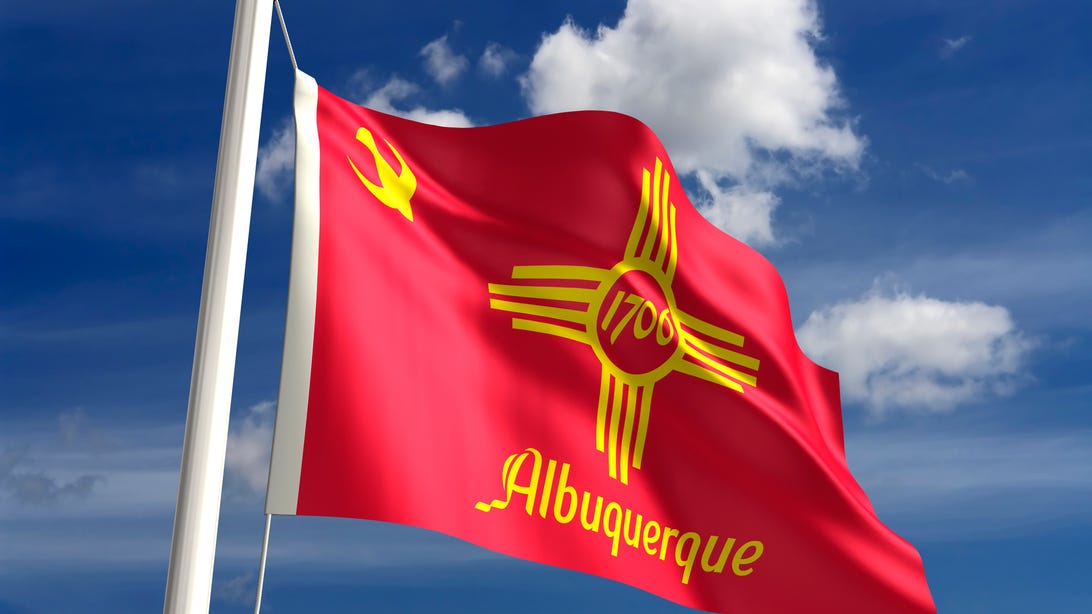





























































































































![[The AI Show Episode 147]: OpenAI Abandons For-Profit Plan, AI College Cheating Epidemic, Apple Says AI Will Replace Search Engines & HubSpot’s AI-First Scorecard](https://www.marketingaiinstitute.com/hubfs/ep%20147%20cover.png)























































































































































































































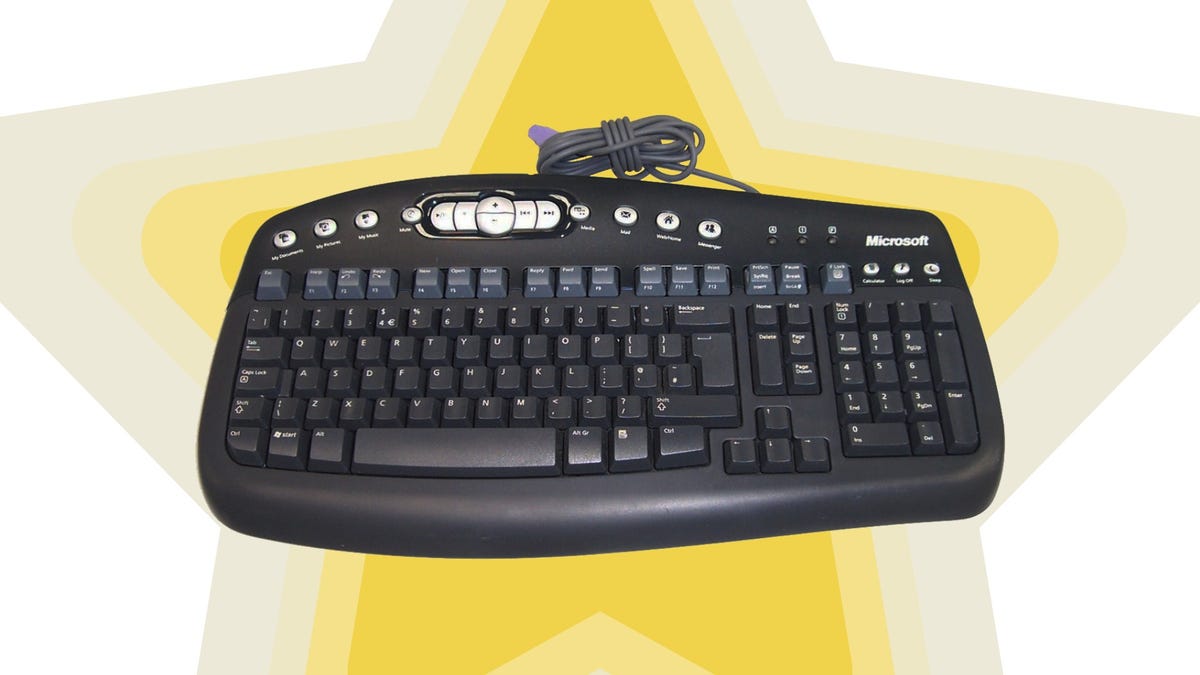
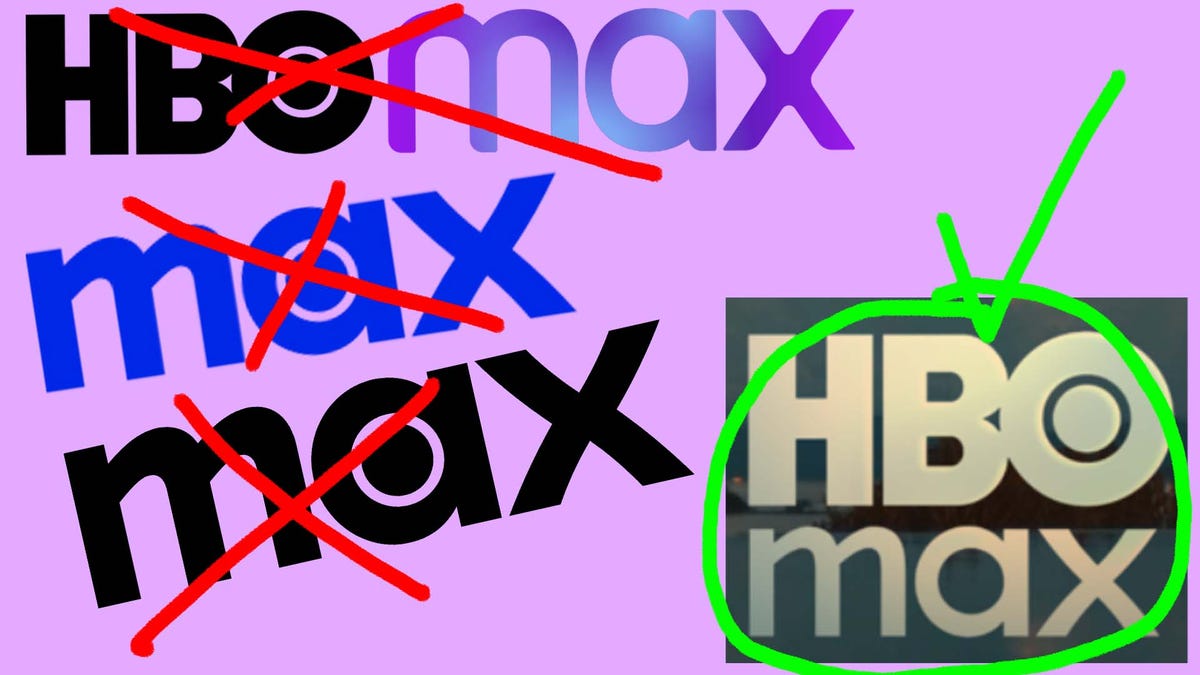






























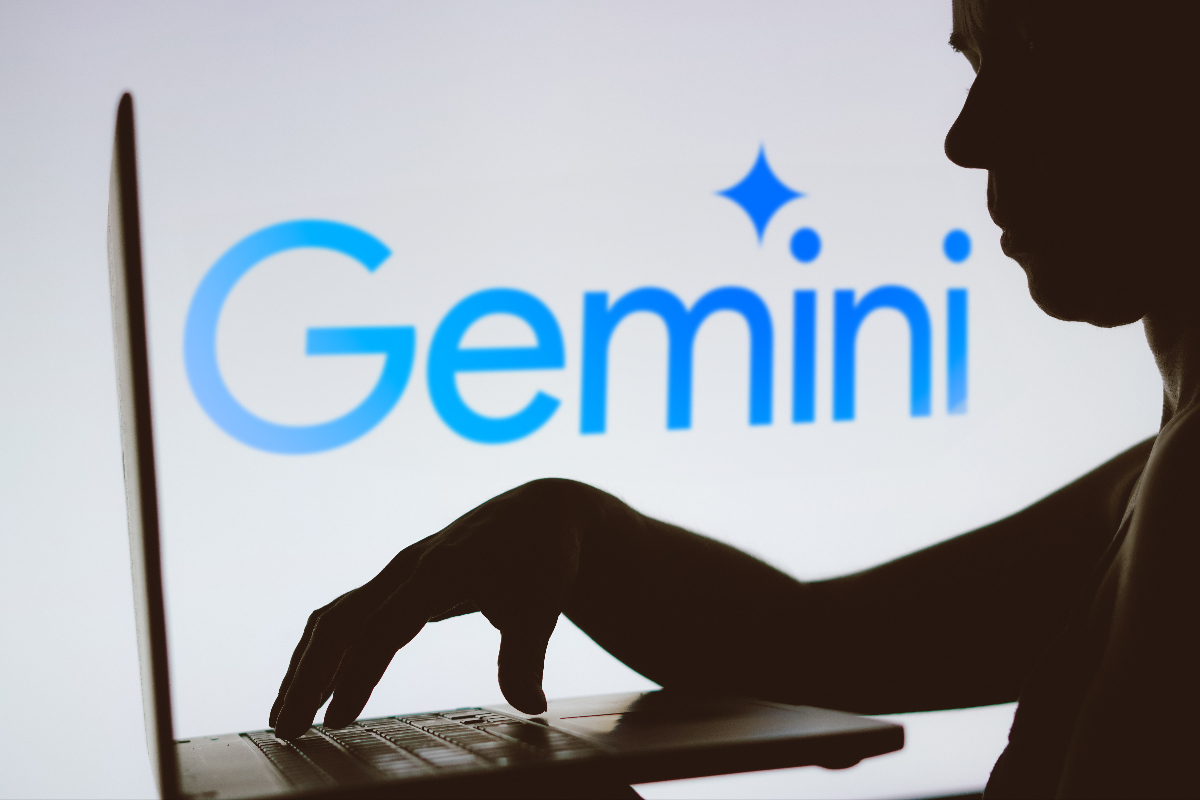

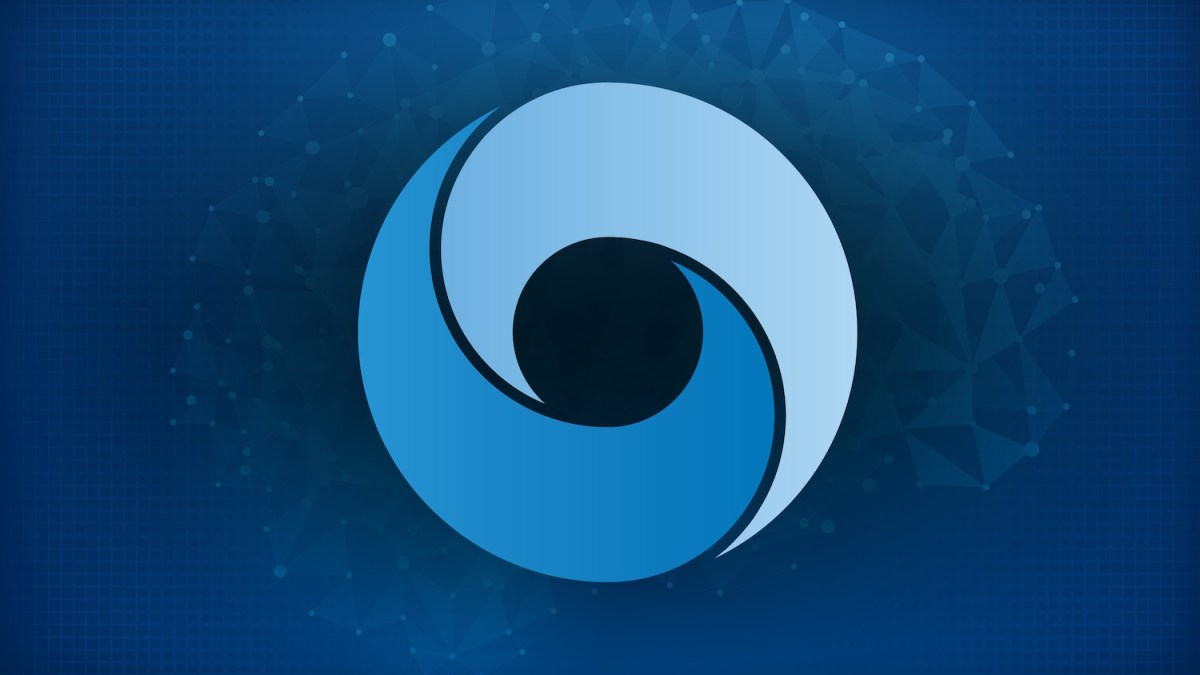









_Gang_Liu_Alamy.jpg?width=1280&auto=webp&quality=80&disable=upscale#)








































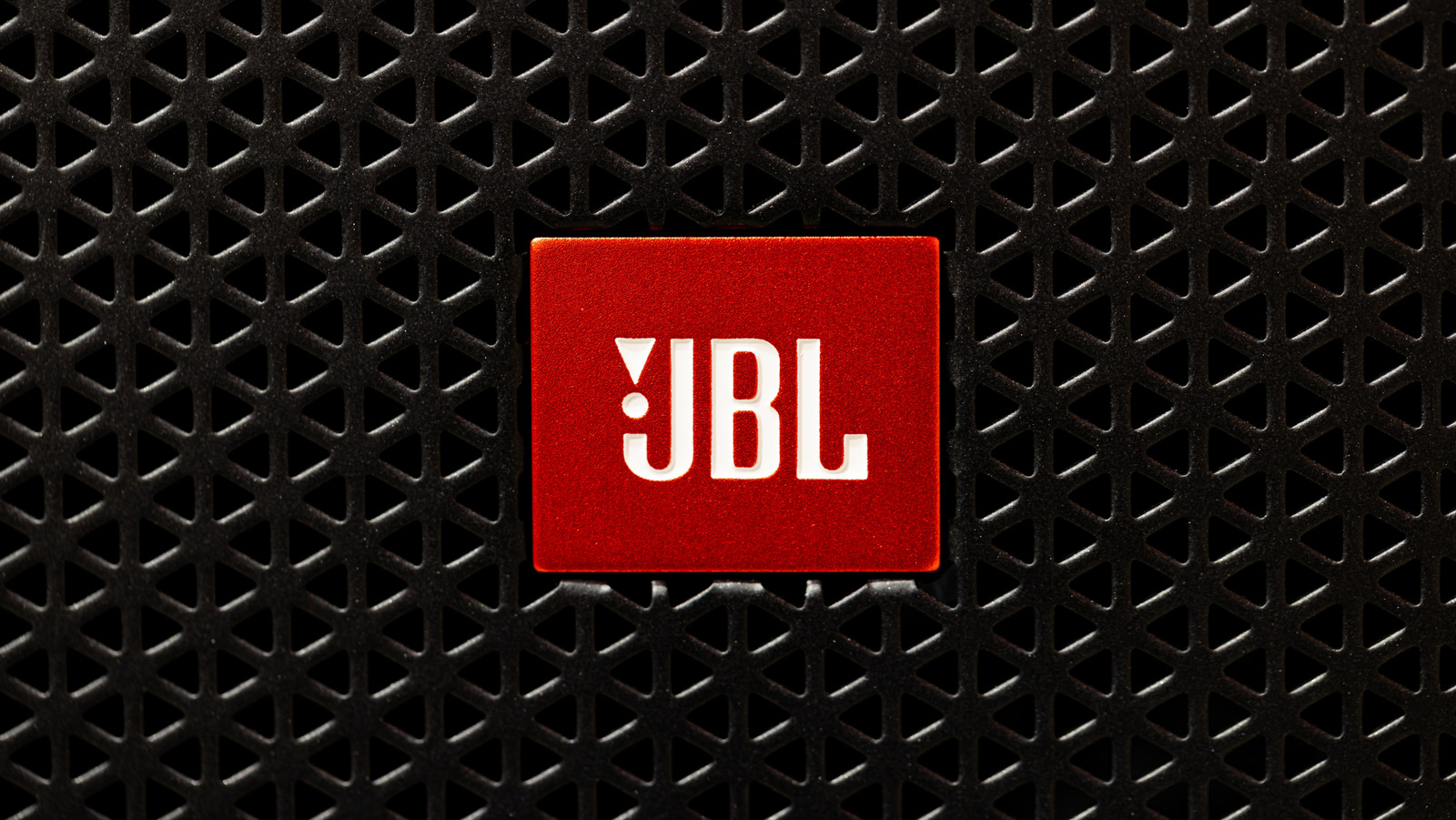


































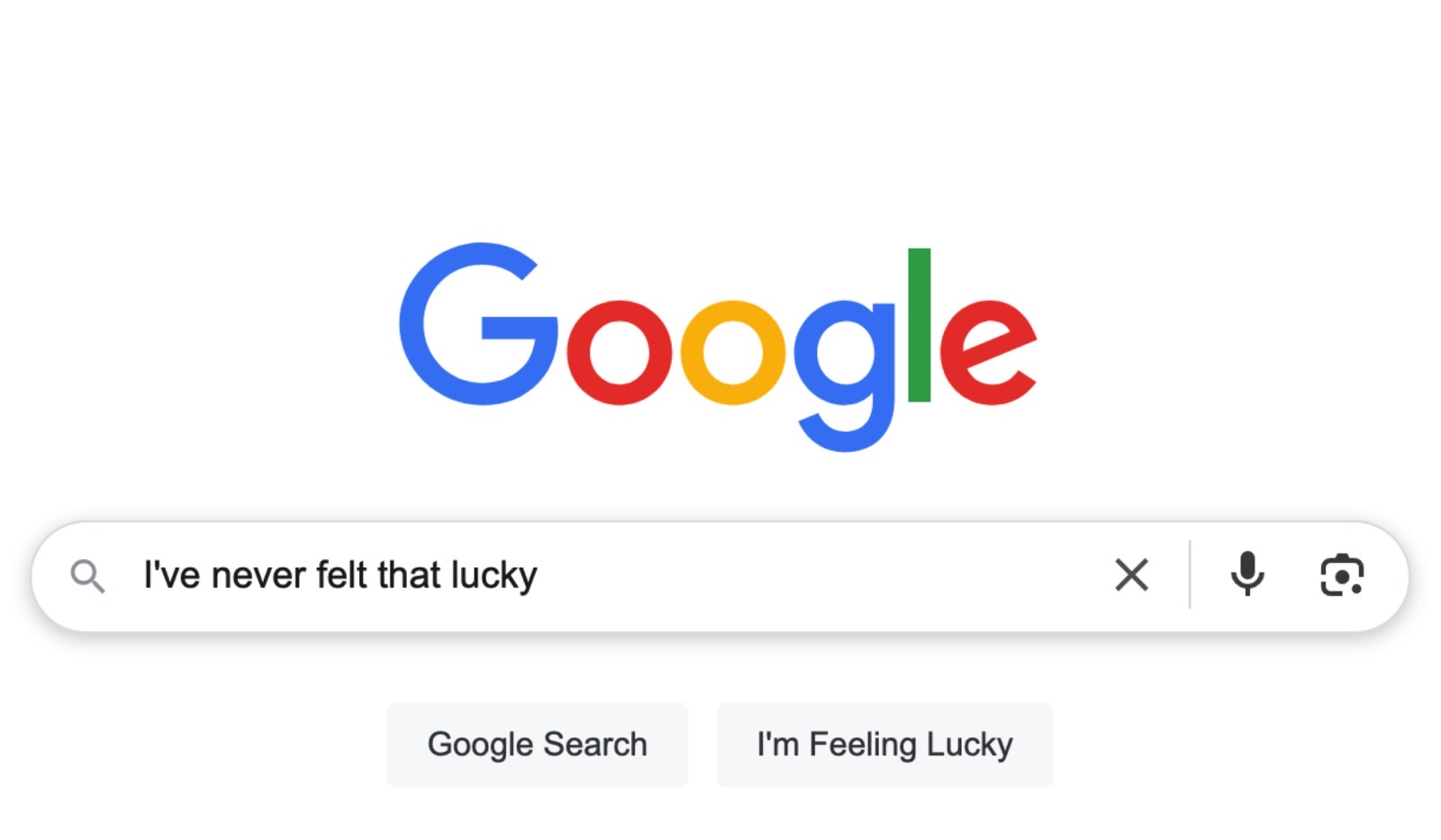

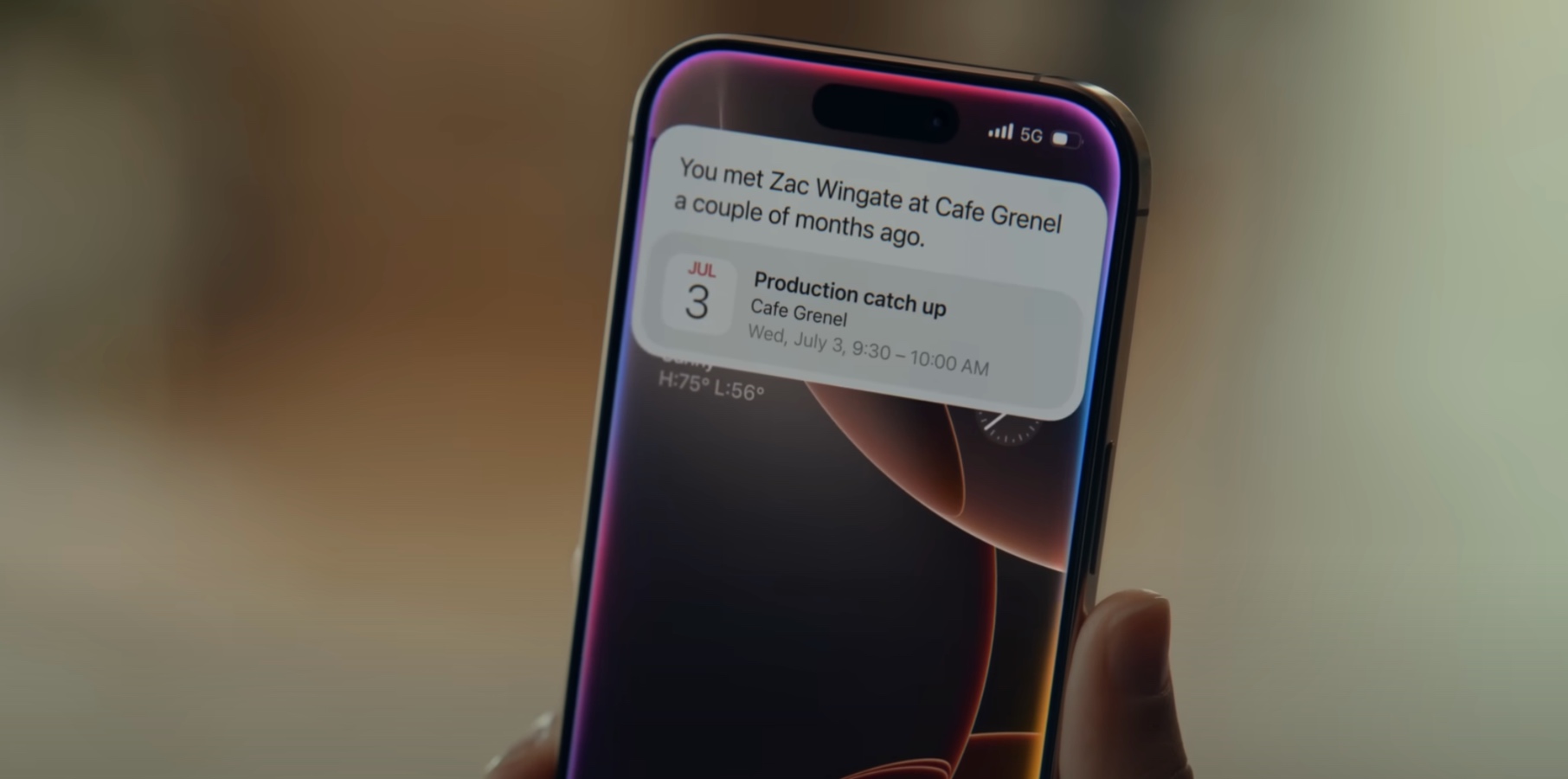

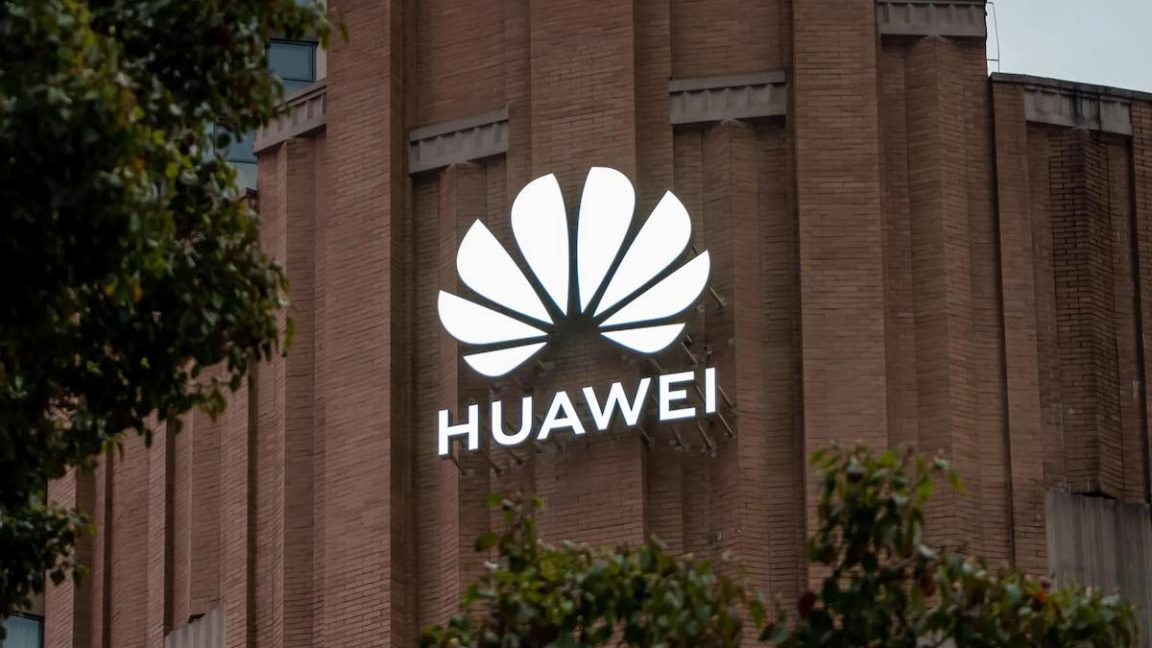



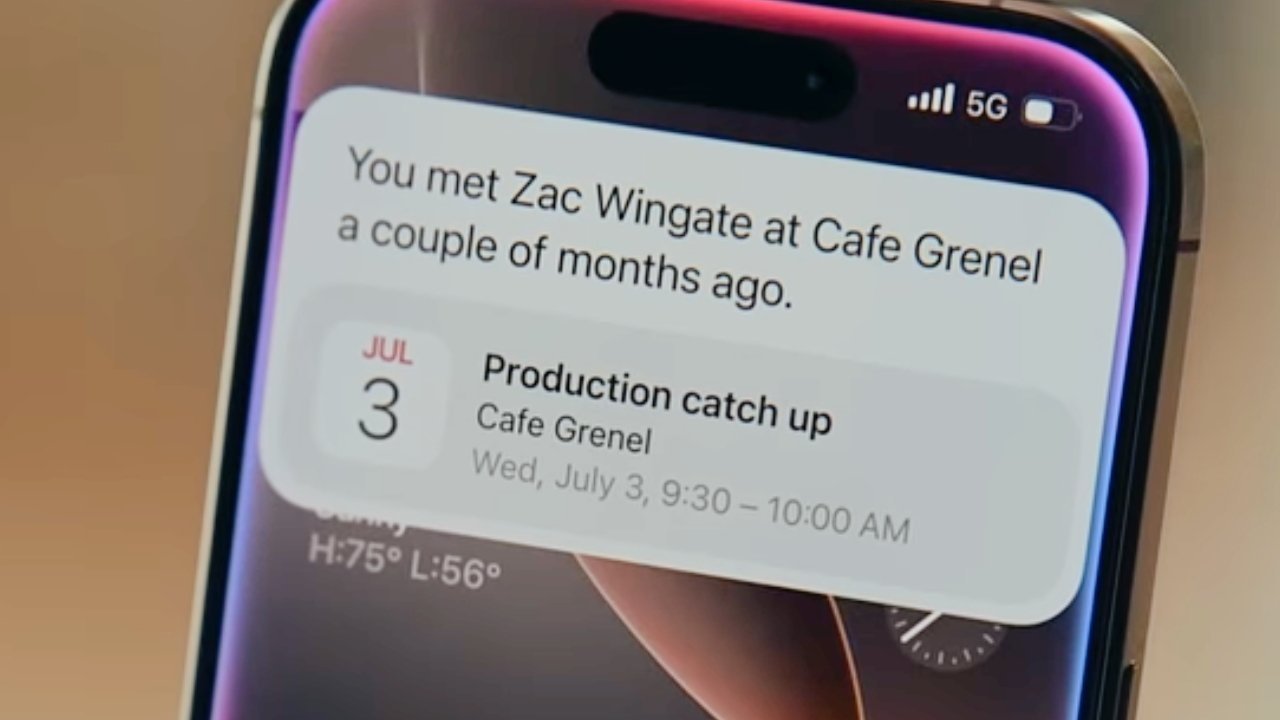


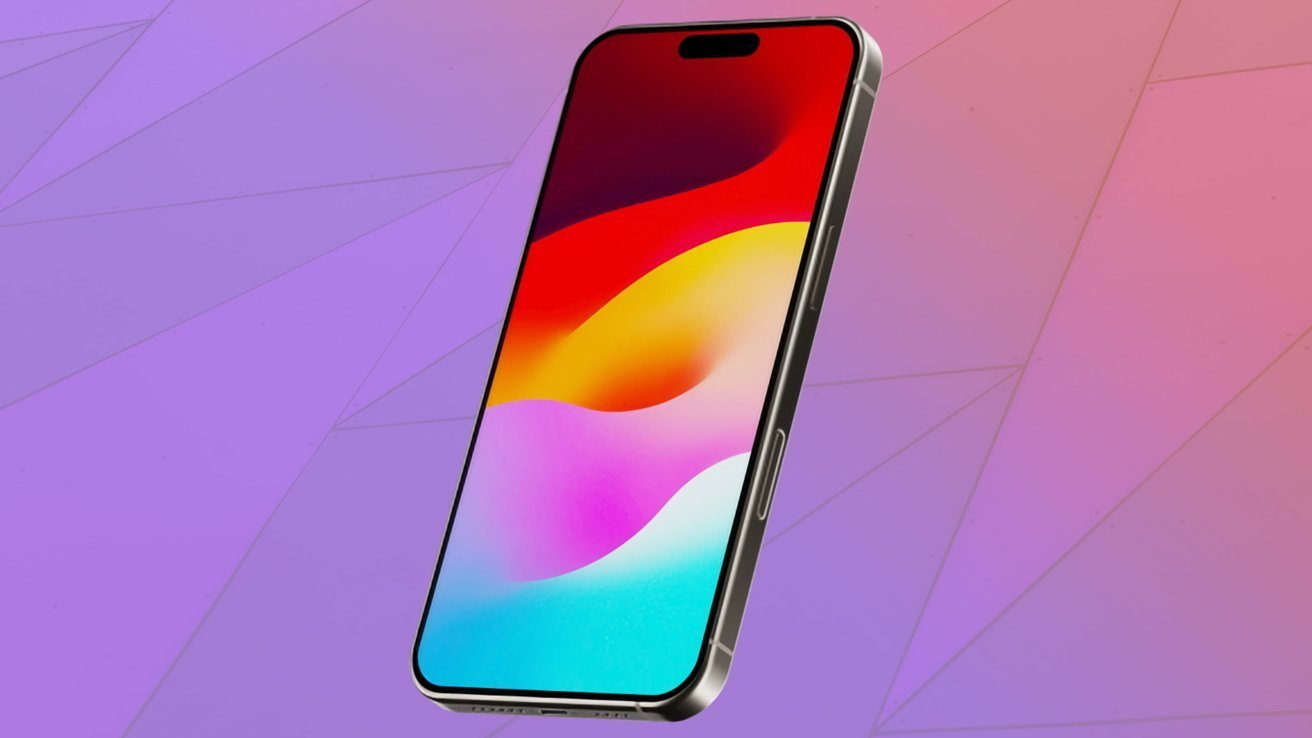








![Review: Sonnet Echo 13 Thunderbolt 5 SSD Dock – 140W MacBook charging, 2.5GbE, up to 6000 MB/s SSD speed [Video]](https://i0.wp.com/9to5mac.com/wp-content/uploads/sites/6/2025/05/Sonnet-Echo-13-Thunderbolt-5-SSD-Dock-Review-1.jpg?resize=1200%2C628&quality=82&strip=all&ssl=1)



















![Apple Planning Bezel-Free iPhone With 'Four-Sided Bending' Display [Report]](https://www.iclarified.com/images/news/97321/97321/97321-640.jpg)

![Apple Working on Brain-Controlled iPhone With Synchron [Report]](https://www.iclarified.com/images/news/97312/97312/97312-640.jpg)







































